We often think of technology as steadily advancing over time. But occasionally, archaeologists discover ancient artifacts with technology far ahead of their era. This happened in 1901, when sponge divers exploring a shipwreck in the Greek Mediterranean found a barnacled device with extraordinary mathematical and astronomical complexity. The shipwreck contained numerous ancient Greek treasures, but this device, later dubbed the “Antikythera mechanism,” stood out. A 2021 study in Scientific Reports identified the device as a 2,200-year-old "world’s oldest computer."
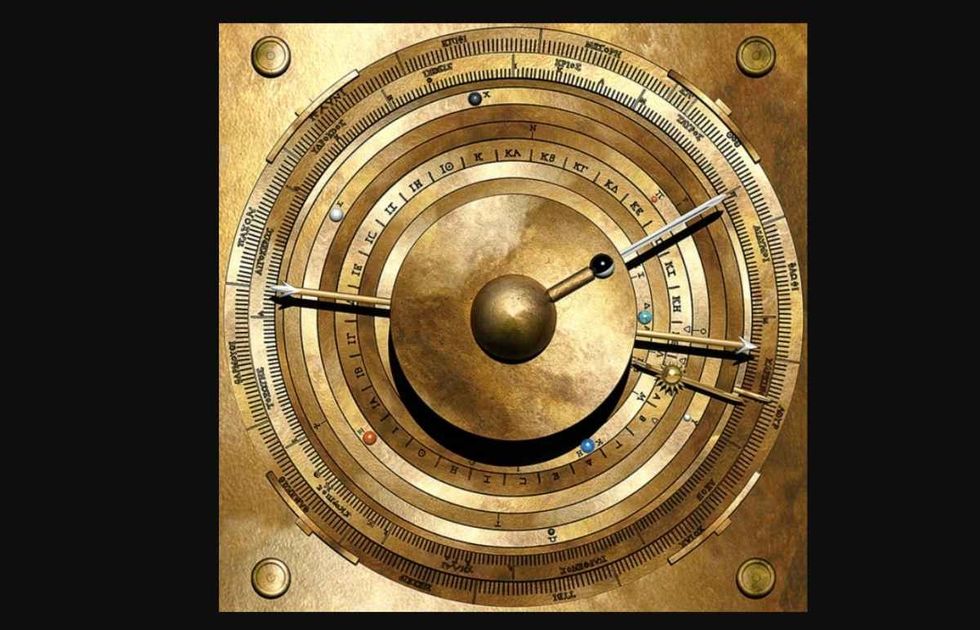
Likely built around the start of the 1st century BCE, the shoebox-sized device was found in 82 fragments, creating a complex puzzle for scientists. These remains are now preserved in the National Archaeological Museum in Athens. Further examination revealed an intricate matrix of bronze gear wheels, each no bigger than a coin.
Historians believed that gears like these shouldn’t have appeared in ancient Greece, or anywhere else in the world, until centuries after the shipwreck, as mathematician Tony Freeth of University College London, wrote in Scientific American. Although scientists figured out that the device presented a complicated model of the solar system, many questions were yet to be answered. But “one thing is for sure, it is the most technologically complex object ever found from the ancient world,” Freeth added, per Indy100.
Found alongside ancient marble sculptures and other artifacts, the device, with its extraordinary complexity, has left scientists and experts scratching their heads in bewilderment. “Whoever made the device would have had to know a great deal about astronomy, metallurgy, and mechanology,” Aristeidis Voulgaris, team leader of the Functional Reconstruction of Antikythera Mechanism project, told Live Science.
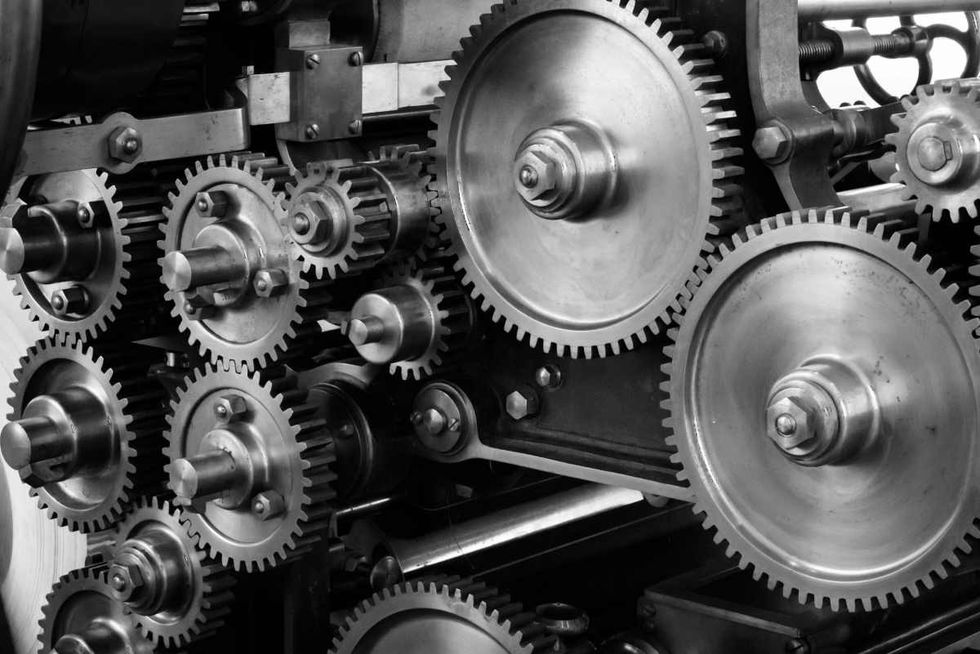
In the past two decades, scientists have scoured through the fragments and brassy chunks to read the writing and inscriptions encrusted on them, with the aid of high-tech imaging methods, such as 3D X-ray scanning. They wanted to understand how the pieces fit together in the original computer, and how the entire mechanism worked as a whole. Further CT scans revealed inscriptions describing the motions of the sun, moon, and all five planets known during those times. Researchers also discovered that the mechanism used "cycles from Babylonian astronomy, mathematics from Plato's Academy, and ancient Greek astronomical theories."
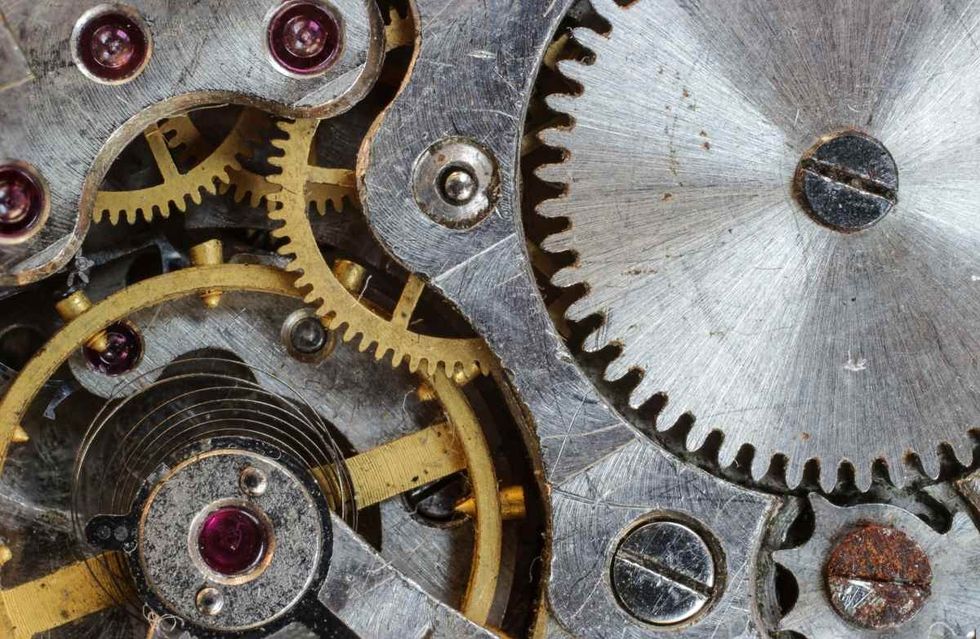
“The mechanism represents a level of technology exceeding anything else of the kind for which we have either physical remains or detailed descriptions from antiquity," Alexander Jones, a professor at New York University's Institute for the Study of the Ancient World, wrote in his book "A Portable Cosmos: Revealing the Antikythera Mechanism, Scientific Wonder of the Ancient World."
The device has been the object of study for decades. The latest research in the arena revealed that it was used to track the motions of the Sun, Moon, and planets, following the Greek lunar calendar, contrary to the previously thought solar calendar used by the Egyptians, per Live Science.





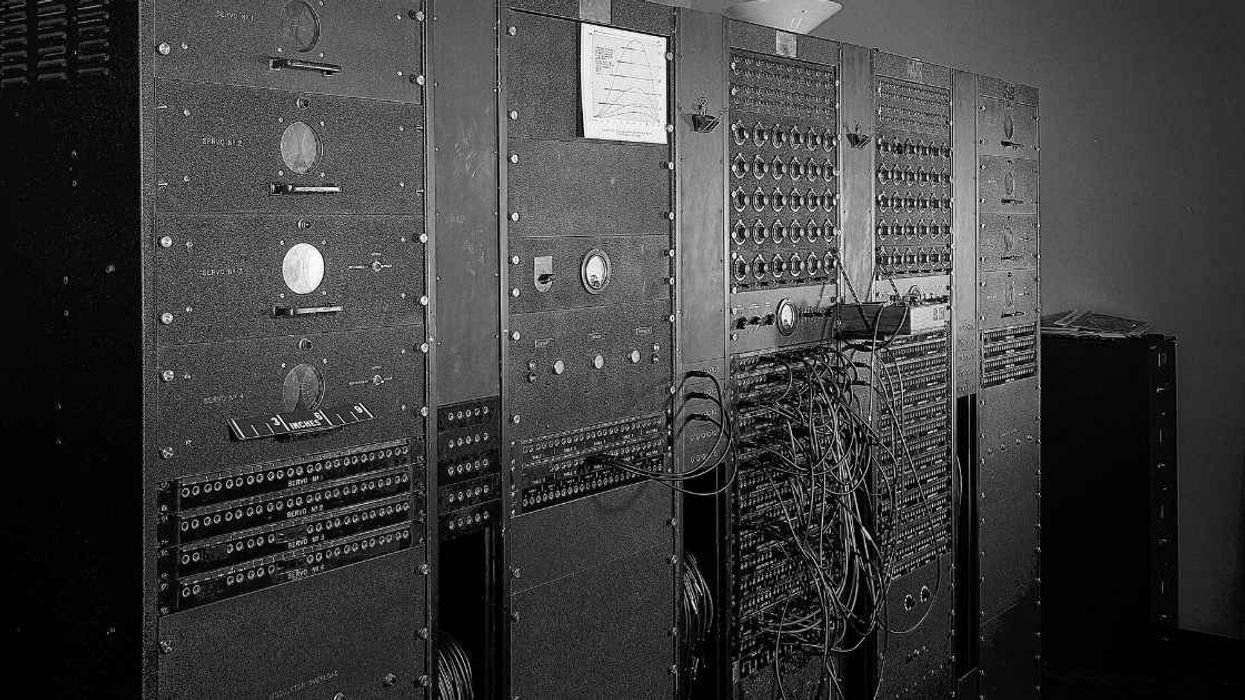










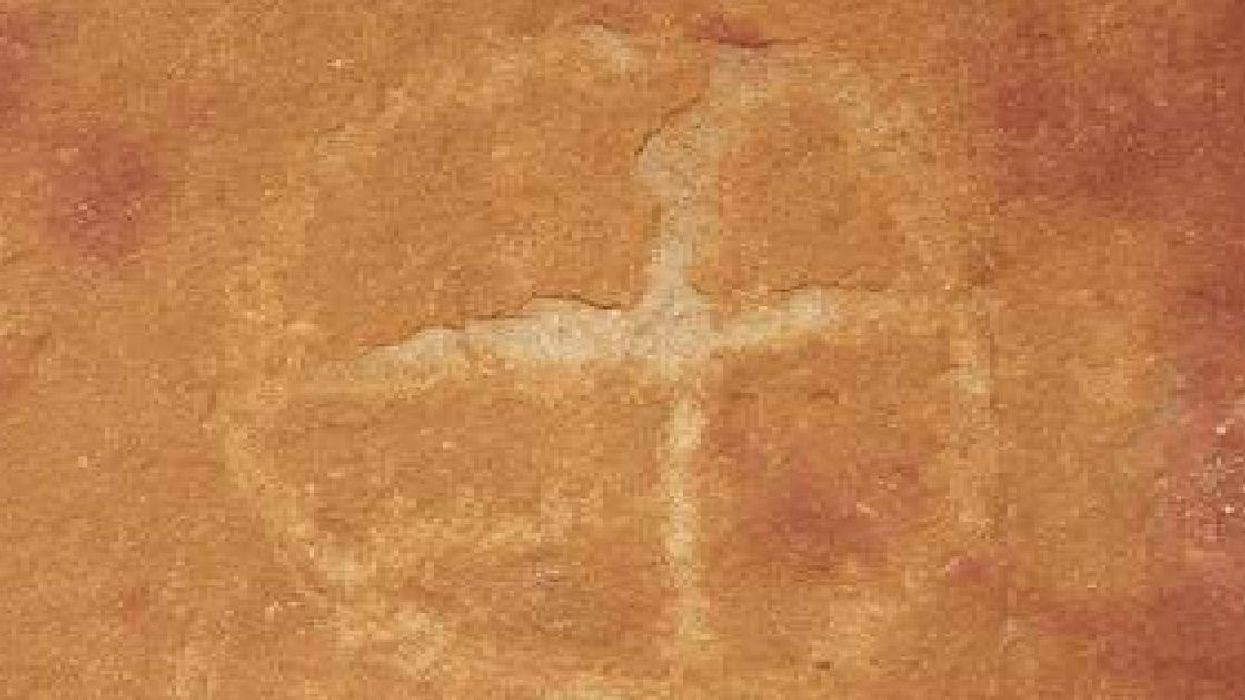
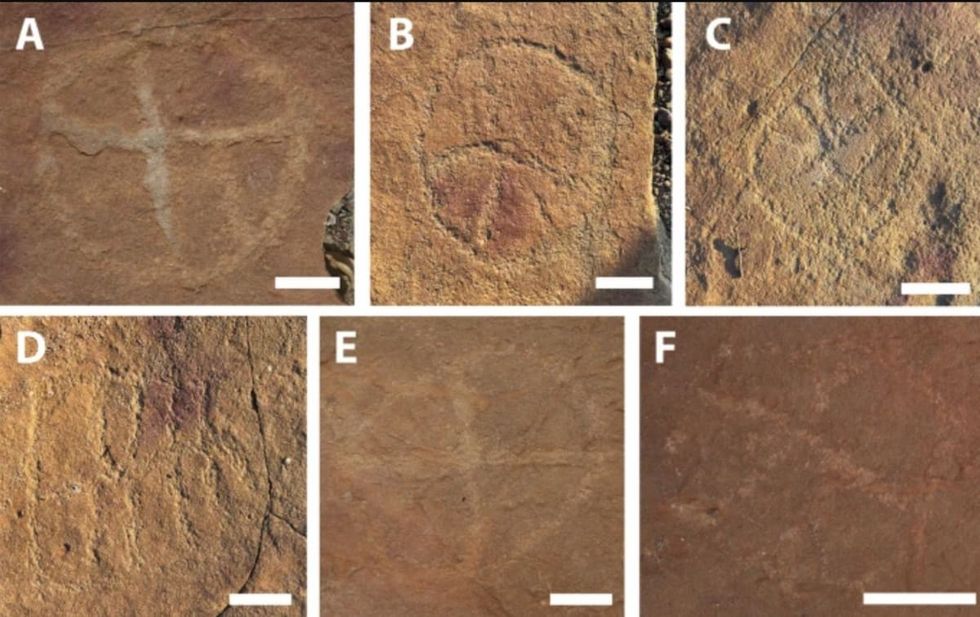 Image frmo Scientific Reports of ancient artwork. Image Source:
Image frmo Scientific Reports of ancient artwork. Image Source:  Image frmo Scientific Reports of ancient artwork.Image Source:
Image frmo Scientific Reports of ancient artwork.Image Source: 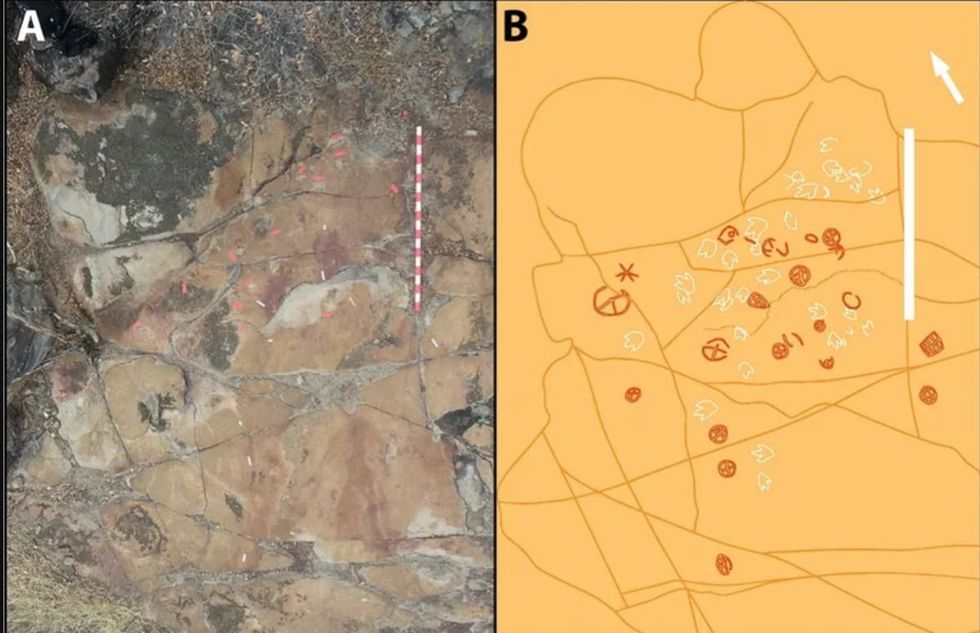 Image frmo Scientific Reports of ancient artwork.Image Source:
Image frmo Scientific Reports of ancient artwork.Image Source: 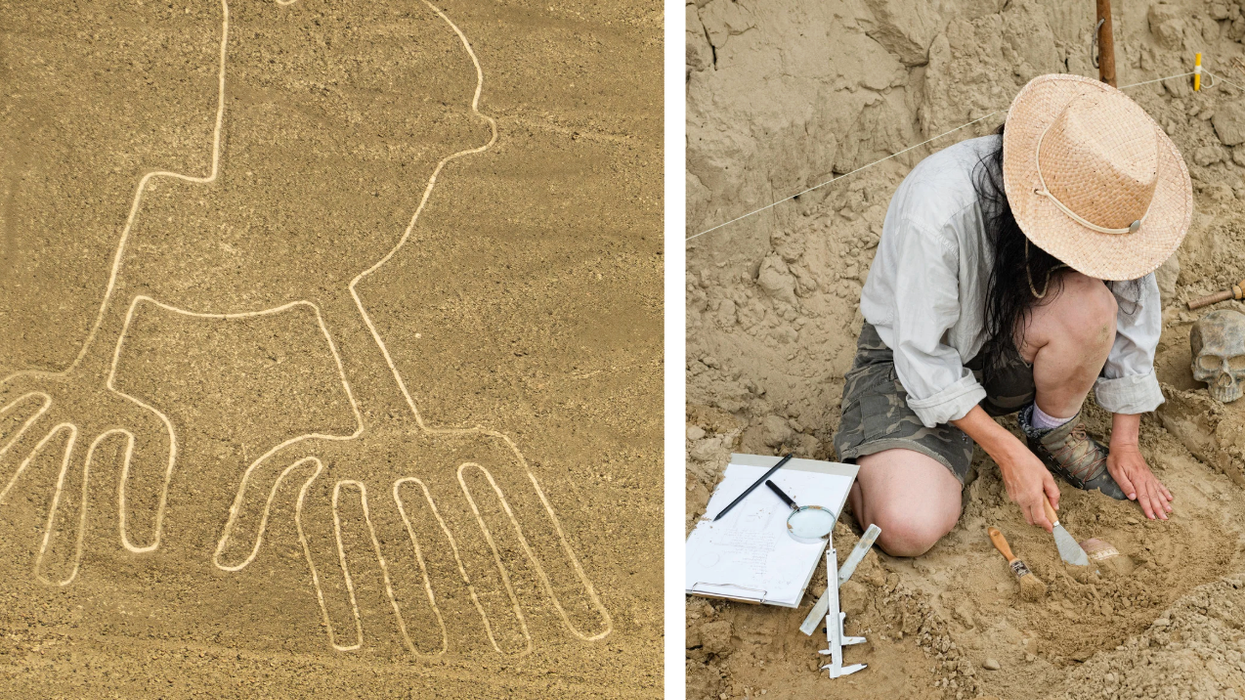

 It's difficult to imagine seeing a color and not having the word for it. Canva
It's difficult to imagine seeing a color and not having the word for it. Canva
 Sergei Krikalev in space.
Sergei Krikalev in space. 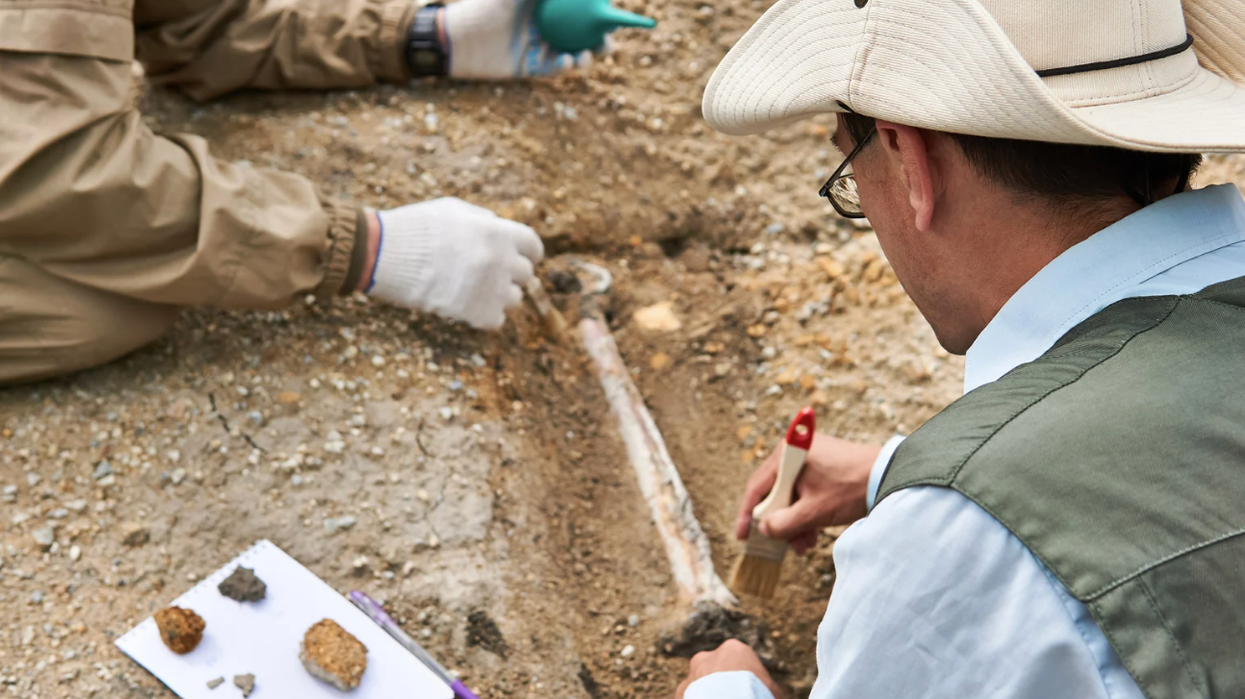


 The team also crafted their canoe using ancient methods and Stone Age-style tools. National Museum of Nature and Science, Tokyo
The team also crafted their canoe using ancient methods and Stone Age-style tools. National Museum of Nature and Science, Tokyo The cedar dugout canoe crafted by the scientist team. National Museum of Nature and Science, Tokyo
The cedar dugout canoe crafted by the scientist team. National Museum of Nature and Science, Tokyo